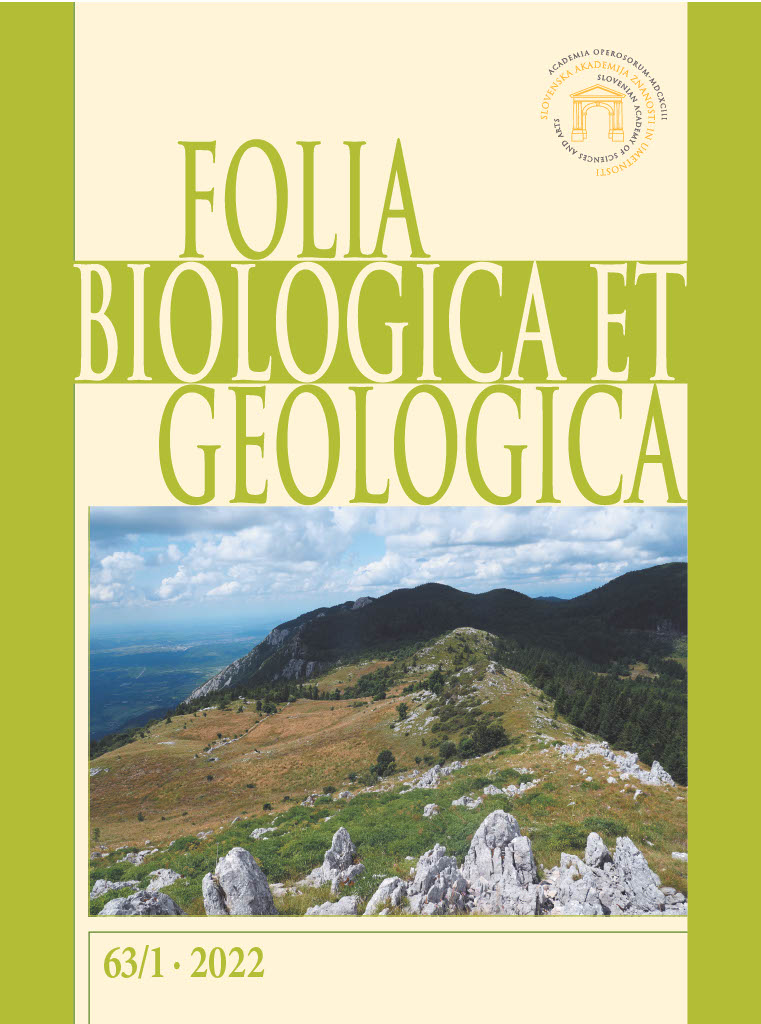Phytosociological analysis of Carex bicolor All. sites in the Julian Alps / Fitocenološka analiza rastišč vrste Carex bicolor All. v Julijskih Alpah
DOI:
https://doi.org/10.3986/fbg0091Keywords:
vegetation, alpine lake, snow beds, Triglav National Park, Slovenia, vegetacija, alpinsko jezero, Triglavski narodni park, snežne dolinice, SlovenijaAbstract
We conducted a phytosociological investigation of the sites of Carex bicolor on the only known localities of this species in the Julian Alps, in the upper part of the Triglav Lakes Valley. Carex bicolor was recorded in different alpine communities, most of which belong to the class Scheuchzerio-Caricetea fuscae and order Caricetalia davallianae. We described a new association Caricetum bicolori-frigidae, which is classified into the alliance Caricion atrofusco-saxatilis and is for now the only community of this alliance in Slovenia.
IZVLEČEK
Fitocenološko smo raziskali rastišča vrste Carex bicolor na edinih do zdaj znanih nahajališčih v Julijskih Alpah, v zgornjem delu Dolini Triglavskih jezer. Popisali smo jo v različnih alpinskih združbah, ki večinoma sodijo v razred Scheuchzerio-Caricetea fuscae in v red Caricetalia davallianae. Kot novo smo opisali asociacijo Caricetum bicolori-frigidae, ki jo uvrščamo v zvezo Caricion atrofusco-saxatilis in je za zdaj edina združba iz te zveze v Sloveniji.





